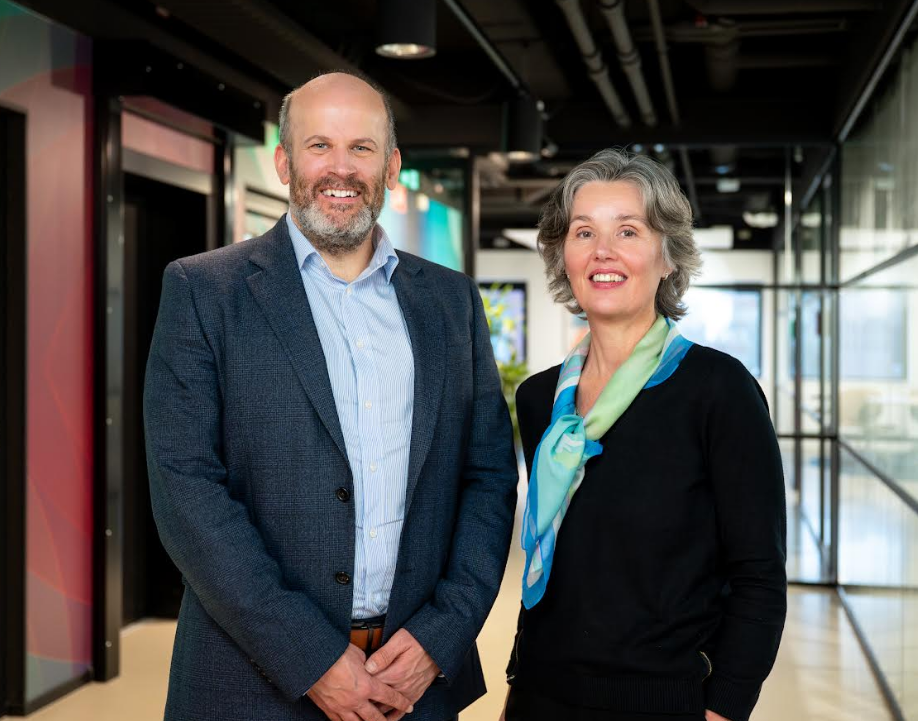Insider Brief
- Moth Quantum, a London- and Basel-based startup, is pioneering the use of quantum computing in creative industries such as music, visual media and gaming.
- The company’s innovations include a quantum-powered synthesizer, the Quantum Audio platform, and the generative music application Sphinx, which leverages quantum reservoir computing for artistic applications.
- Moth Quantum collaborates with artists to drive public engagement and cultural adoption of quantum technologies, aiming to inspire broader use cases beyond traditional fields like finance and pharmaceuticals.
“Without deviation from the norm, progress is not possible.” ― Frank Zappa
Move over Mothers of Invention, here’s Moths of Quantum Innovation.
Moth Quantum, a startup based in both London and Basel, is broadening the borders of quantum computing into new areas by focusing on its use case potential in creative industries. Speaking at WEP 2025 at King Abdullah University of Science and Technology (KAUST), Moth Quantum co-founder and Chief Creative Officer Harry Kumar shared the company’s journey and its ambitious plans for blending art and quantum technology.

“We are a quantum computing company developing applications for the creative industries and cultural sectors, and we were founded three years ago with a mission to unlock real computational power and potential in the creative industries and cultural sectors.” Kumar told the audience
Unlike most quantum startups that aim to use the technology for finance and drug discover, Moth Quantum explores artistic applications, including music, visual media and gaming.
Unlocking Quantum Creativity
Moth Quantum has already developed several tools to illustrate the potential of quantum computing in the arts. Its first product, a synthesizer powered by quantum-inspired sound control, is used by hundreds of musicians globally, Kumar explained. Another innovation, Quantum Audio, allows developers to represent and process audio data as quantum circuits on simulators or quantum machines.
At the KAUSY event, Moth Quantum also unveiled Sphinx, its latest generative quantum music application. Built on a quantum reservoir computing framework, Sphinx creates music using quantum algorithms.
Quantum reservoir computing is a machine learning paradigm that leverages the complex dynamics of quantum systems to process and analyze data efficiently, according to the team’s website. By using a quantum system as a reservoir, it enables the extraction of patterns and correlations from input data, offering advantages in speed and scalability for certain tasks.
Music is just the beginning, according to the team.
“Sphinx and this quantum reservoir computing back end are not just being used in the context of music,” said Kumar. “We’ve actually built a Mario game and generated this level using the same backend technology, which is quantum reservoir computing, and we’re already starting to experiment in the fields of visual media, so image and video and other kinds of creative applications.”
Bridging Art and Technology
Central to Moth Quantum’s approach is its in-house team, Moth Studios, which collaborates with artists to test quantum technologies in creative contexts.
Kumar said their philosophy is based on a typical trend int technological adoption — artists usually lead the way.
“… Since the early computers and more recently, with the latest breakthroughs in AI, artists and creative practitioners are always the drivers of innovation, adoption, public awareness and many important factors when developing a new technology,” Kumar said.
Kumar suggested it folllows, then, that engaging artists is crucial for the adoption of quantum computing.
Drawing on a quote by media theorist Marshall McLuhan, Kumar said, “Artists are the antenna for humanity and possess the power to anticipate future social and technological developments by a generation or more.”
This focus on artistic collaboration positions Moth Quantum as an outlier in the quantum field. “I think I’m one of the only chief creative officers in the quantum industry,” Kumar noted, emphasizing that their work is about more than just technology—it’s about fostering a cultural movement.
“I want to leave you with a quote from one of my favorite media theorists, Marshall McLuhan, who says that artists are the antenna for humanity and possess the power to anticipate future social and technological developments by a generation or more,” said Kumar. “You may say a similar thing about theoretical physicists, science fiction technologists, many of you here today who are researchers in your respective fields, working at the cutting edge of those fields and innovating the future.”
Kumar added that it’s important to remember how critical art, humanity, creative practices and cultural production has been shaping the future and predicting the future.
“And so with technology as powerful and potent as quantum computing, we are very proud at Moth to be leading this charge of quantum creativity,” said Kumar.
Expanding Horizons
Moth Quantum continues to grow and is setting up its own quantum computer in Basel and continuing to explore algorithms for generative applications.
One of the company’s goals is to collaborate with artists and creatives to develop new quantum computing applications and test their latest research and products to build a cultural movement around quantum technologies and Quantum theory.
Moth Quantum hopes to inspire broader public engagement with this cutting-edge technology.
Beyond that, Moth’s exploration might inspire others to find use cases for quantum outside of the ones currently being explored.
This vision aligns with the International Year of Quantum, backed by UNESCO, which Moth Quantum plans to use as a platform to showcase projects involving hundreds of artists.

















